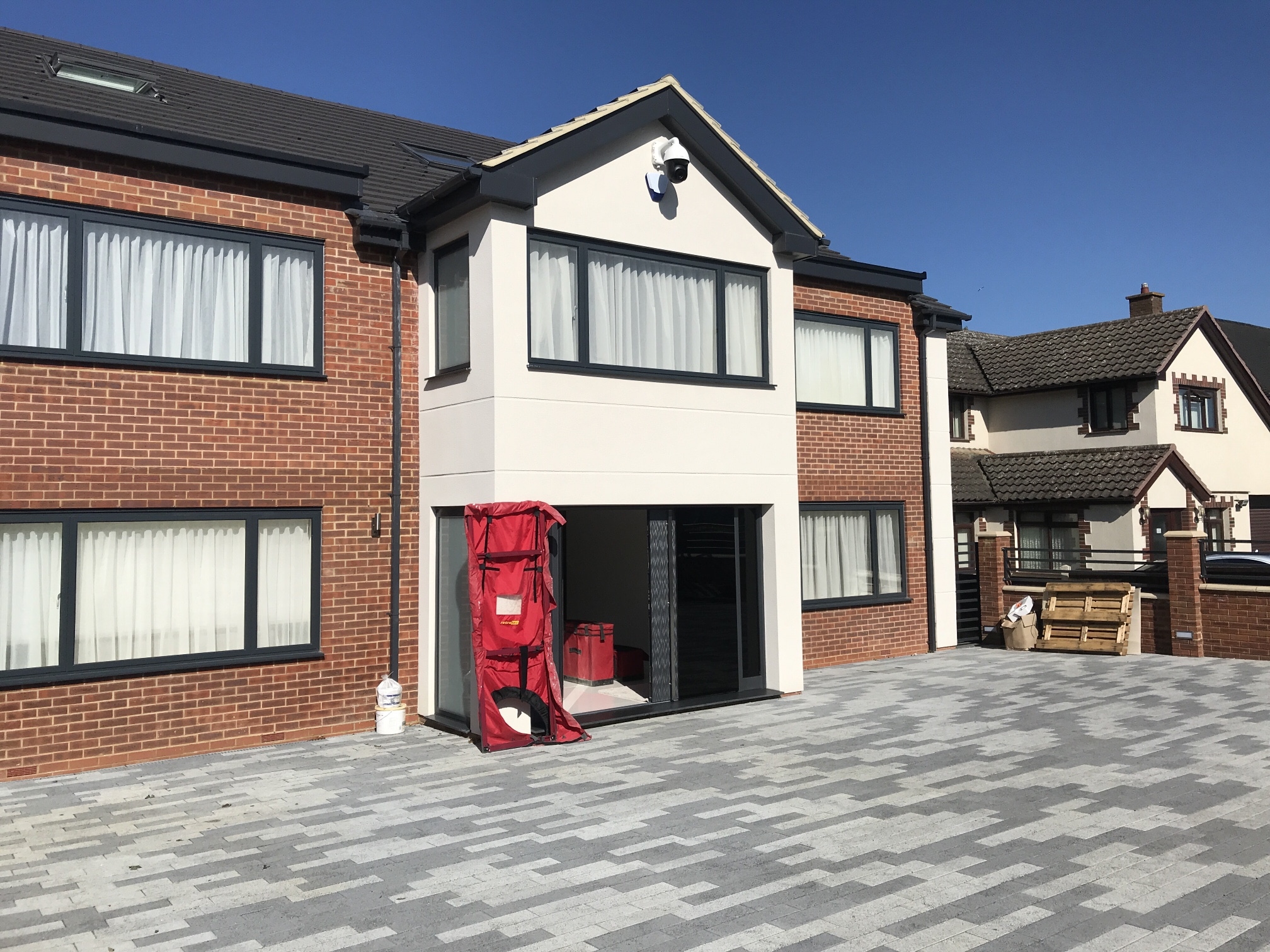[vc_row uxb_theme_class=””][vc_column uxb_theme_class=””][vc_column_text]If you are looking to build any type of dwelling, then you will need SAP calculations. SAP calculations help you to work out the amount of energy your property is likely to use, and also the level of CO2 emissions it will produce. They are a requirement of the Building Regulations for all newly built dwellings in the UK. This has been a requirement for all new homes under Part L of the building regulations since 1995, so it is something that most developers are familiar with.
What are SAP calculations and why are they important?
SAP stands for ‘Standard Assessment Procedure’ and is the only government-approved system for determining a new home’s energy rating. The scale for a SAP calculation runs from 1 to 100, with 100 representing no energy costs at all! The calculation works by showing the higher a dwelling’s SAP rating, the lower the fuel bills and the lower the CO2 emissions.
The role of SAP calculations for buildings is threefold:
- To calculate the energy-related costs of a dwelling. The resulting figure is called a SAP Assessment Rating.
- To evidence compliance with building regulations (Part L)
- To generate data required to put together an Energy Performance Certificate (EPC)
No one is legally allowed to let or market a property for sale unless the relevant builder can demonstrate that they conform with SAP calculations. SAP calculations are an essential element in the design of any residential scheme, so if you are a first time builder it is important to get your head around the process and understand how it works.
What do I need to pass a SAP assessment?
In order to ‘pass’ the SAP assessment, a builder must quantify the heat retention and solar gain properties of the dwellings. You must also demonstrate the dwelling’s construction quality while showing evidence of the commissioning of systems. Finally, the dwellings predicted CO2 emissions must be predicted. There are some things you can do to make you more likely to pass your SAP assessment. Keep reading for some tips to help you pass your SAP assessment.
Get your SAP calculation completed at the design stage
Ideally you want to get your SAP calculation completed at the design stage, and definitely before you start any work on your site. Part L targets change regularly, so you don’t want to have to make changes to your development once you have already started the work and then find out too late you’re failing the SAP assessments. Having your assessment done in the design stage means you can plan your design to the specifications of the SAP assessment.
Use low energy light bulbs
A quick and easy way to make a significant improvement on the SAP is to use low energy light bulbs. Technology in the lighting sector has moved on incredible amounts in recent years. Gone are the days where they were ugly and awkward to fit, they are now really straightforward and a great replacement to typical lighting fixtures. Ensure every light bulb in the dwelling is low energy (LEDs or fluorescent tubes) and avoid old fashioned tungsten or halogen lamps.
Use an accredited assessor
As regulations are constantly evolving, you want to make sure that the assessor you choose to use is completely up to date with the current regulations. You don’t want to go with somebody who is unsure and isn’t fully aware of the importance of getting your SAP assessment right. You might initially save a bit of money on a cheaper assessment but this could end up costing you thousands of pounds in the future if you are given poor advice. Briary Energy offer professional SAP calculations, with extensive knowledge of all current building regulations.
Improve the building fabric
For most dwellings, heat loss through the fabric accounts for the largest amount of heat loss. Lowering U-Values by increasing the insulation in the property will overall enhance the thermal performance and help with your SAP assessment. It is possible to achieve compliance with Part L without the need for renewable technology if you can reduce your U-Values with the right fabric.
Insulate party walls
To achieve best results in your SAP assessment, party walls (walls used by two properties) must be fully insulated and appropriately sealed to avoid any potential heat escaping between properties. This is particularly important in mid-terrace houses and apartments. You will be penalised on your SAP calculations if you build with partially insulated party walls, and uninsulated party walls are not allowed.
Consider renewable energy
If you are struggling to get over the line to pass your SAP assessment, renewable energy could be the best option for you. Energy created from solar panels (photovoltaic), solar thermal (solar water heating), wind turbines or even hydro power can be incorporated into the SAP assessment. These options can sometimes be expensive to install, so do your research before committing to anything on your assessment.
Thermal bridging is important
Thermal bridging is the heat loss that leaks out through the areas where external walls meet. As a minimum, developers should be following the generic Accredited Construction Details (ACD) guidelines, which allows for an improved psi value to be used in your SAP calculations. Using bespoke psi values for all or some connections can be a very cost effective way of improving thermal performance and will help achieve a low air pressure test.
If you are looking for an accredited company to perform your SAP assessment, or just want some more information about the process, get in touch with us.[/vc_column_text][/vc_column][/vc_row]




